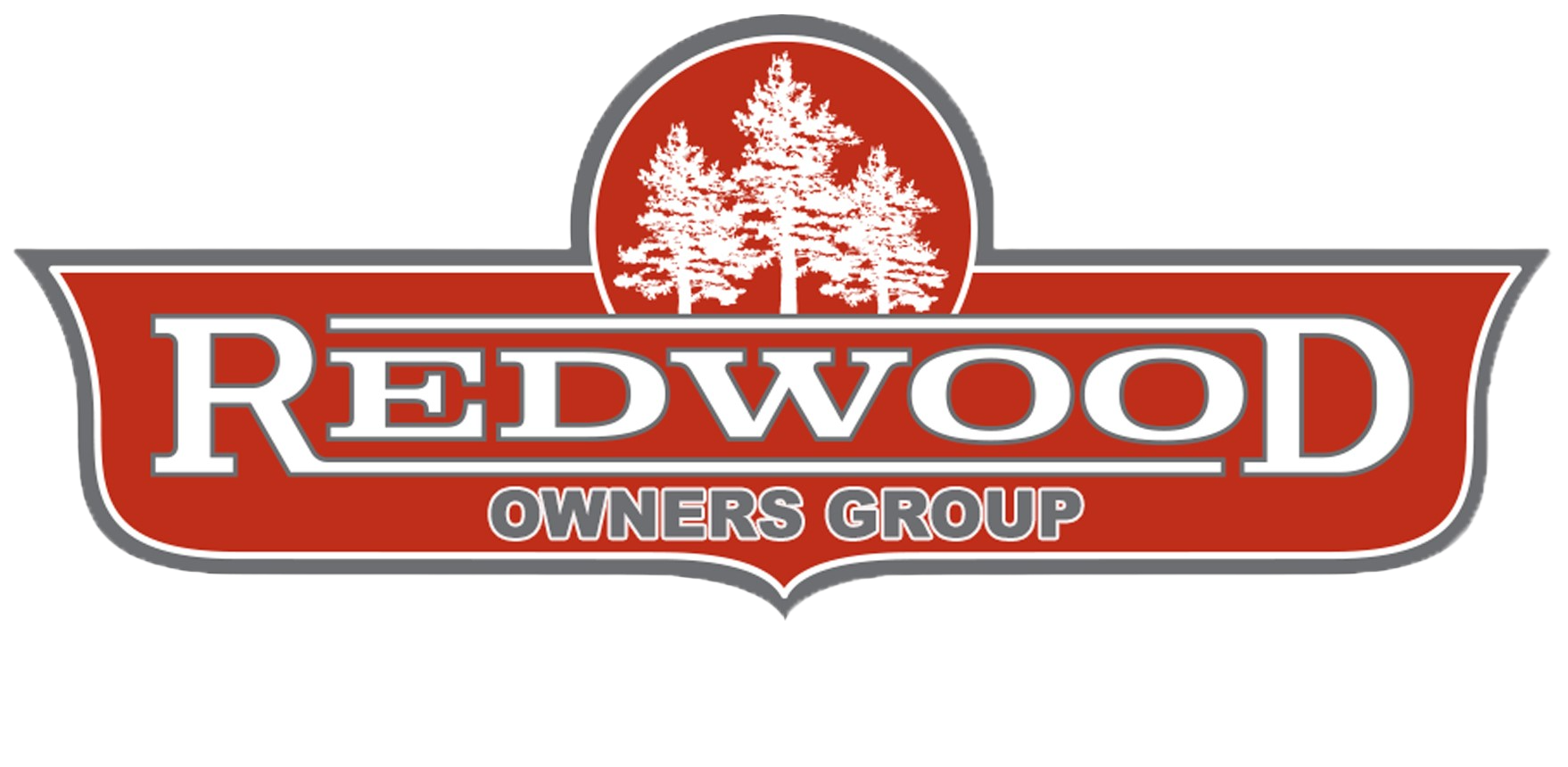For those who might be new to Wheel Bearing Maintenance, I thought I would share a few pictures for your viewing pleasure...
This is what it might look like when the grease blows out your back seals after putting too much grease in hub.
I will say that this incident appears to be caused by the original factory installation (by Lippert - not Redwood) as our previous owners only had this 38GK for a few months before we purchased from them. They would not have had any reason to perform any maintenance in the short time that they had the rig.
Having said all of that, the grease coated the break linings and I was forced to replace all of the backplates.
These pictures will show your the before and after. Not necessarily everything in between.
One lesson learned...Lippert will not tell you how to fill the grease cavity when you perform wheel bearing maintenance. It DOES imply that the cavity will be 100% full if you look at their diagrams (located at the bottom of the 2nd post). There is a grease zirk located inside the wheel bearing cap. If you follow Lippert's EZ Lube wheel bearing diagram, it will show the grease flowing into the zirk, to the seal, back through the inboard bearing, into the hub cavity, back through the outboard bearing and when back into the wheel bearing cap, the diagram implies that the system is full. DON'T DO IT!
Based on my first time experience at this, grease the bearings (hand or by tool), grease the seal, fill the cavity about 50-75% full, install the castle nut and washer, tighten the castle nut tight with a proper size socket or wrench! Spin the hub a few times, repeat the castle nut tightening process, back the castle nut off and then retighten by finger pressure only, back that off a quarter turn or enough to get the cotter pin back in, and then put the cap back on.
Having too much grease in the center hub puts pressure on the seal and the cap. After learning this the hard way, I removed about 20% of the grease installed and the caps stayed on. The grease (fortunately) never made it out the back seals. They held. but now, I should be good to go for another lengthy trip.
You'll need some high temperature grease. I used a 500 degree + and waterproof grease made for marine use. It seems to be working fine. You may want to research for something on your own. All of my research indicates that this "should" be done annually or every 6,000 miles. Some blogs will indicate 12,000 miles. It's probably like a lot of "oils". Some will say 3,000 miles and some will say 15,000 miles. It probably depends on the grease properties you use.
Anyway, here are the pics:
See next post for remaining pics...
Here are the remaining pics:
Good luck and if you have any questions, I'll answer as best as I can...
The project took about 45 minutes per wheel.
Here is a copy of the Dexter EZ Lube diagram:
GipCTravelers

